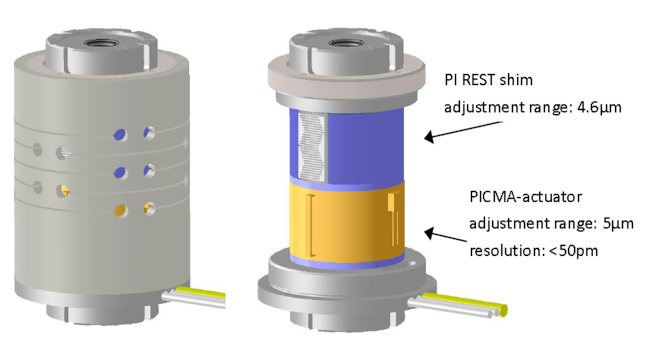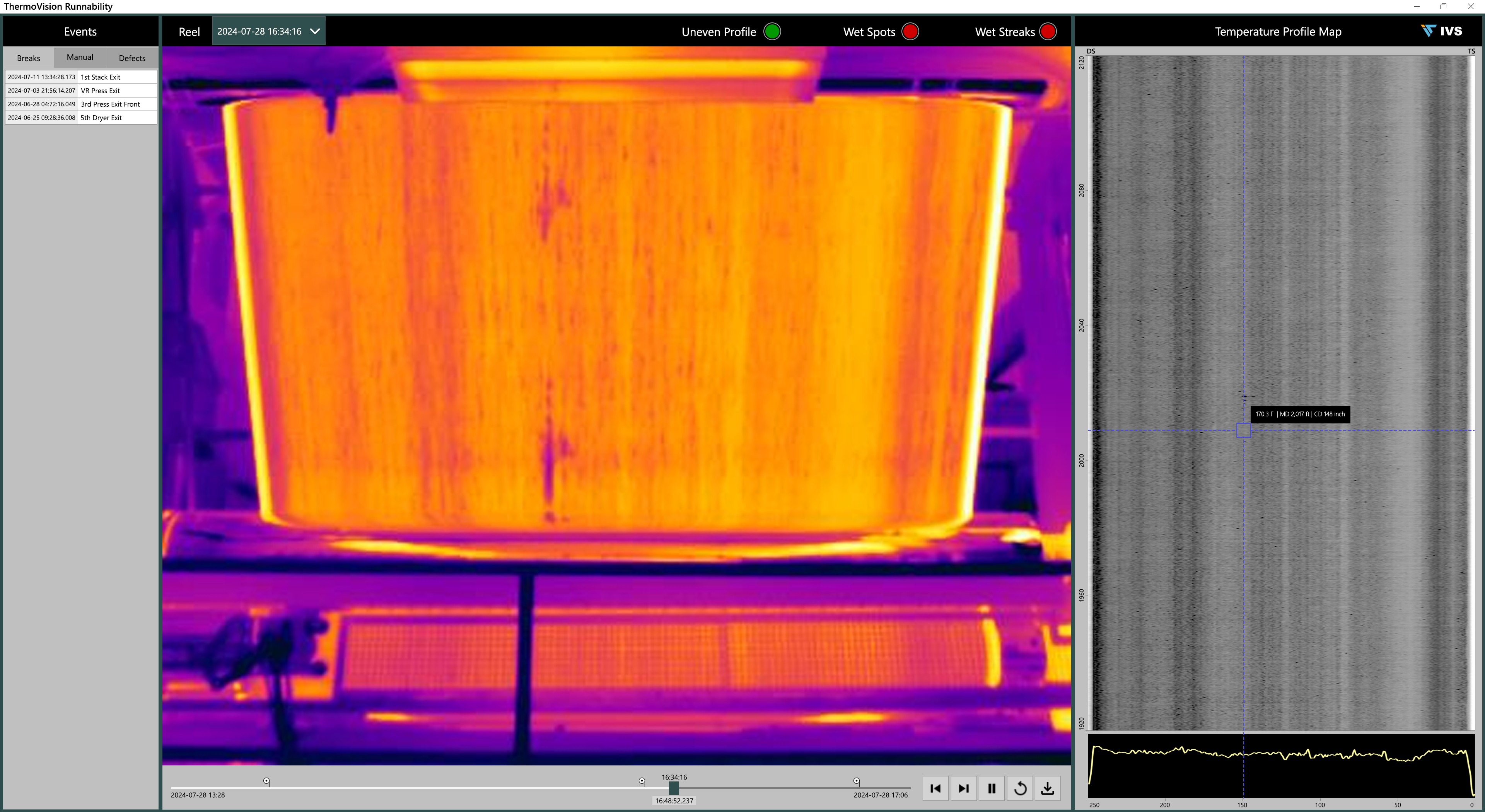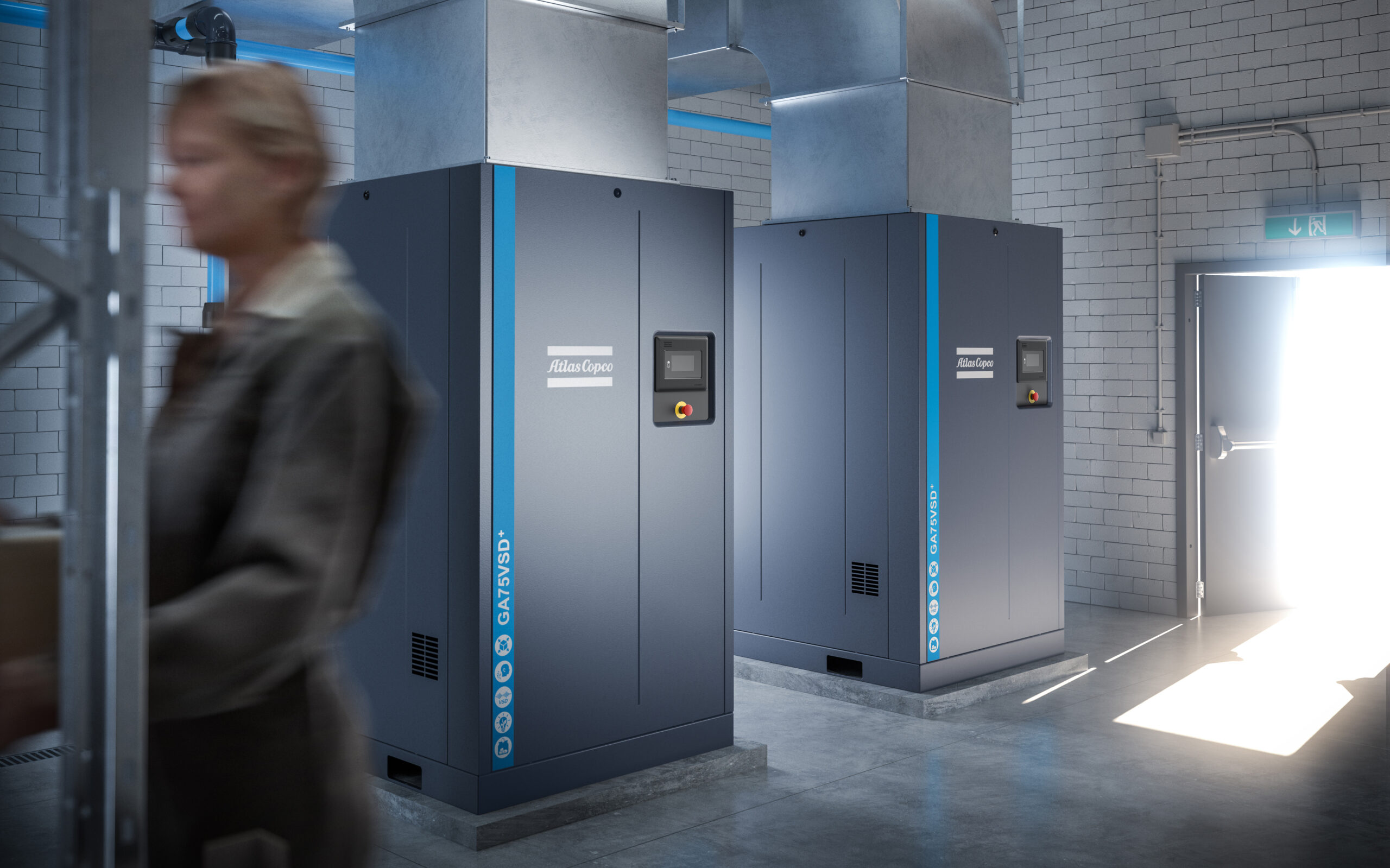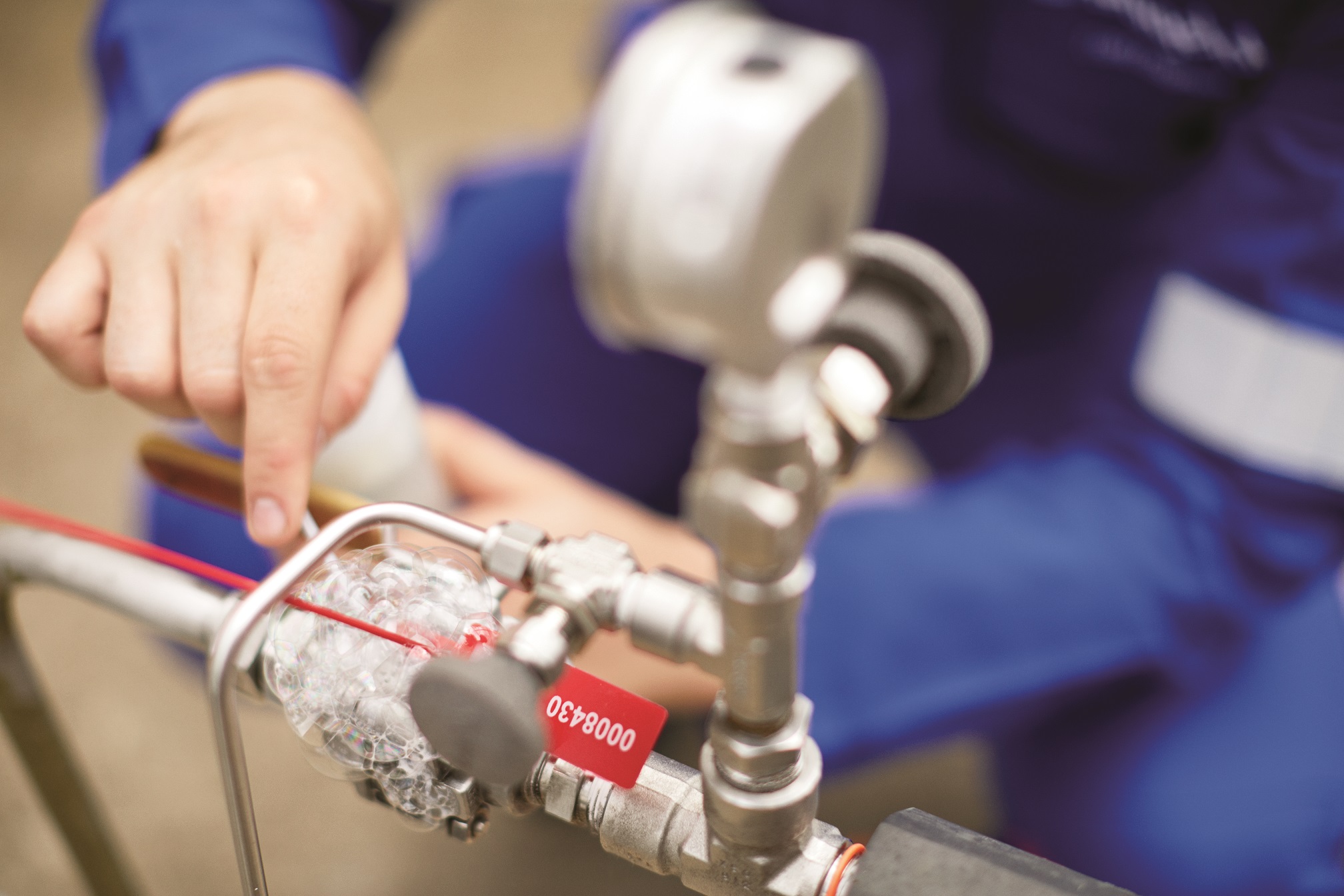Due to the piezo element’s high resolution down to the nanometer range, active shims cover applications in classical mechanical precision engineering as well as the alignment of optical components in astronomy, semiconductor manufacturing, and in materials research employing beamline instrumentation.

Precision machine tools, laser processing equipment, and optical apparatus are often complex assemblies of different component types. The alignment of these components is critical for the overall precision and function of these systems. If a target dimension between two components changes, readjustment may be unavoidable. That can be the case when a machine is put into operation after delivery and tolerances are out of spec due to initial setting processes.
Moreover, long-term creep or temperature changes can have the same effect. Optical measuring facilities, astronomical devices, wafer processing machines, chip holders, or positioning systems for heavy-precision industrial applications are frequently affected by these issues. Differences on the order of a few microns, or less, can exceed limitations.
Figure 2: Piezo-based shims. Courtesy: PI[/caption]
High-load capacity
The piezo-based spacers are installed in the machine during its construction. They are available in virtually any shape and size, such as plates, rings, and cylinders, and can be designed to hold heavy loads of several tons (see Figures 2 and 2a).
Figure 3: The all-ceramic insulation of PICMA multilayer piezo ceramic elements protects them from environmental influences. Courtesy: PI[/caption]
Figure 4: Conventional piezo actuators: Typical displacement curves (left) of traditional open loop (no position feedback) piezo actuators, and basic design thereof (right). Displacement is roughly proportional to the electric field and when the drive voltage is removed, the displacement will recede to zero once the element is fully discharged. Courtesy: PI[/caption]
High-resolution, stable active shims
Displacement of PIRest is programmed with a specific control tool, and remains after disconnection from the power source, comparable to a self-locking screw type actuator, but at much higher precision and without the creep (see Figure 5).
Figure 6: Hybrid combination of traditional piezo stack actuator for highly dynamic motion (bottom, orange) and programmable shim (top, blue). Courtesy: PI[/caption]
If required, active shims also can be combined with classical piezo actuators (see Figure 6). Typical applications for these types of hybrid systems include dynamic vibration compensation, readjusting the focal plane during an optical measuring or scanning process, as well as controlling a laser beam in metrology systems or materials processing.



